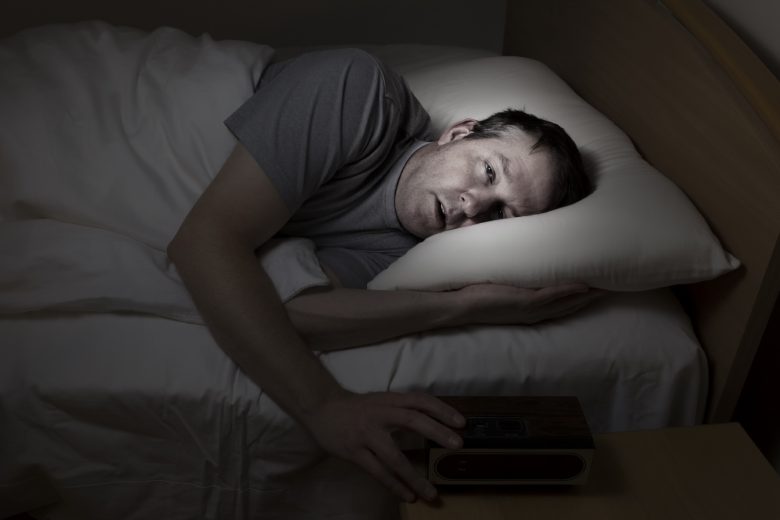It’s almost daylight saving time again and although the clocks are adjusted by only one hour, its impact on everyone’s circadian rhythms and fatigue levels is undeniable. This is especially true in the spring when losing an hour of sleep can negatively affect many people and the safety of their commute and their work.
Of course, not everyone is affected the same way and the exact impact of daylight saving time depends on people’s habits, jobs, sleep requirements, lifestyle and health. The most serious outcome of people losing one hour of sleep appears to be an increase in heart attacks the following Monday. According to a 2014 study “sudden, even small changes in sleep could have detrimental effects,” especially to people who are already vulnerable to heart disease.
Changing the time also influences everyone’s internal clocks and disturbs circadian rhythms, which some people find very difficult to adapt to. The problem is exacerbated by the fact that most people are sleep deprived already. Although for a lot of people an hour of lost sleep won’t seem like such a big deal, for those who are already sleep-deprived and affected by fatigue, it can be downright dangerous. People make more mistakes, become distracted, have trouble concentrating and their reaction times are slower when they’re fatigued.
Health and safety professionals, managers and supervisors need to do their part to ensure that the spring time change and the related fatigue or its aggravation don’t affect workplace safety. After all, a tired employee can be involved in a serious incident and they can cost their company almost $2,000 per year in fatigue-related productivity losses.
There are a few ways to make the transition to daylight saving time as smooth as possible. EHS professionals should consider using existing resources designed for this purpose, passing them on to the employees and supporting them in following the steps. This can help the whole organization protect worker health and safety and keep the time change’s negative consequences at bay:
- Try and adjust gradually by slowly changing the bedtime ahead of the daylight saving date or throughout the week following it. For example, if you usually go to bed at ten, the night after the clocks change, go to bed at nine (which to your body is still ten). The next night go to bed ten or fifteen minutes later and adjust your bedtime this way until you’re back to going to bed at ten. This takes time but it also makes the transition a little easier.
- Avoid stimulants (like caffeine, tobacco and alcohol) for several hours before bedtime.
- Don’t bring any technology into the bedroom. Phones, tablets and computers stimulate the brain instead of allowing it to relax. The light from the screens also interferes with circadian rhythms and can make it difficult to fall asleep.
- If you already suffer from fatigue, it might be time to reassess your sleeping habits. If possible, try going to bed and getting up at the same time every day. Establish a bedtime routine that allows the brain to realize it’s almost time to sleep. And help your body equate bed with sleep—watching television or working in bed exposes the body to mixed messages and you might find it hard to fall asleep.
- On an organizational level, it’s a good idea for employers to slowly start adjusting irregular work schedules ahead of time to account for workers’ lost hour of rest. And maybe look kindly on those who turn up a little late for a few days, especially if it doesn’t seriously disrupt the company’s normal operations.
There are resources and management programs available for stakeholders and employees alike on how to deal with fatigue on organizational and personal levels. It’s also worth addressing this subject during safety meetings by advising workers on how to approach daylight saving to avoid dangerous levels of tiredness.

